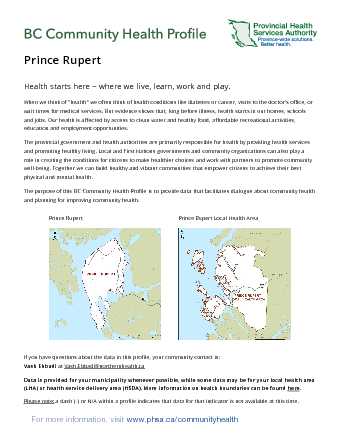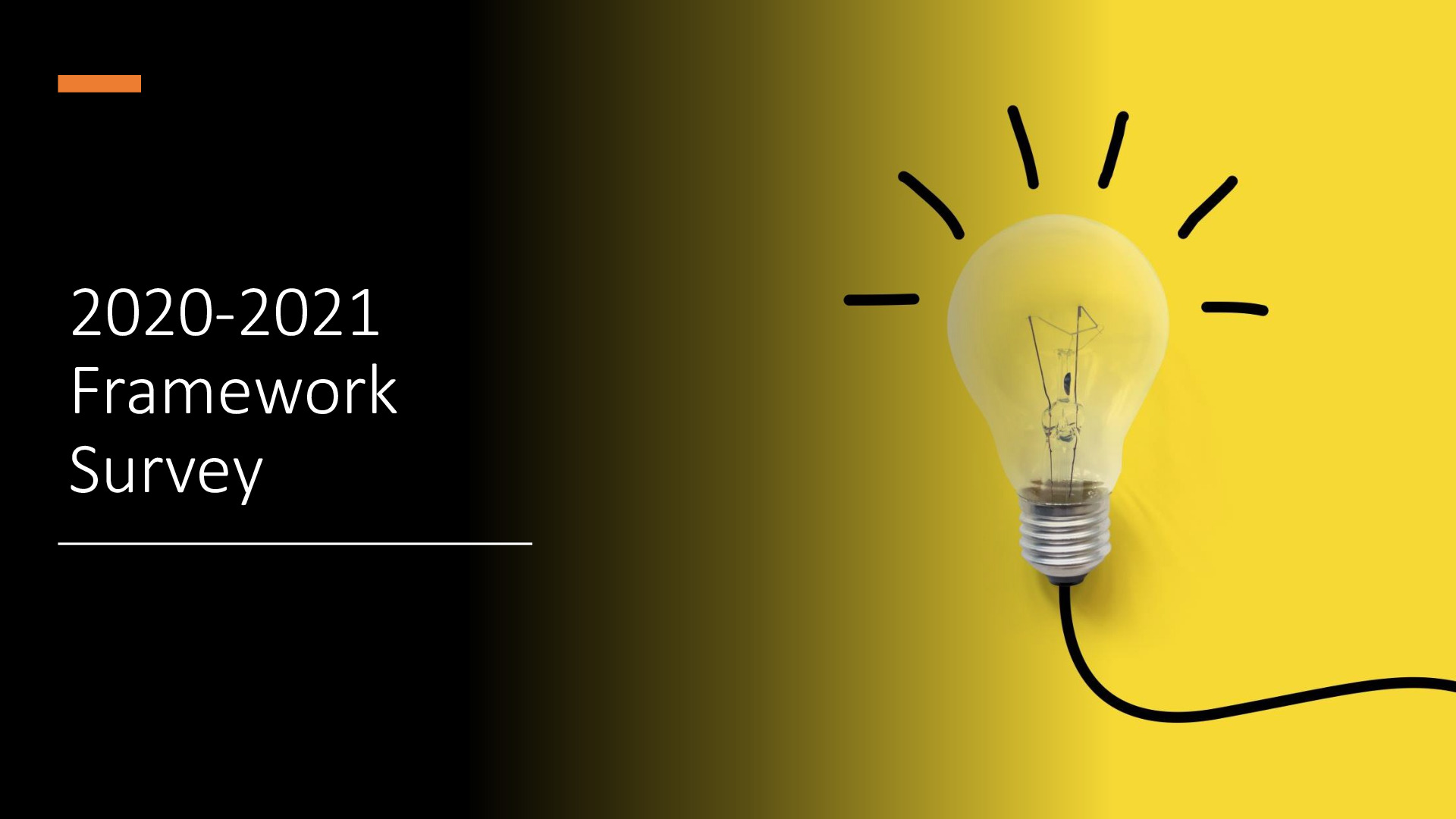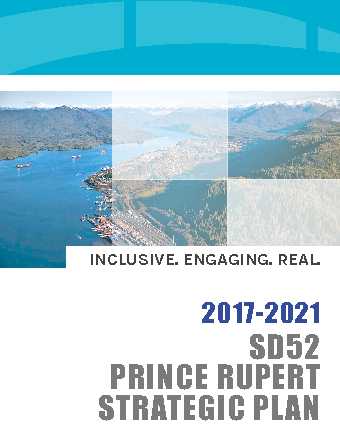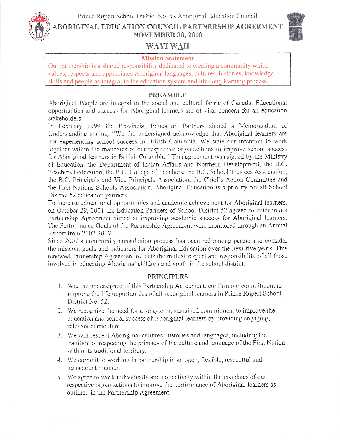![]() Prince Rupert Middle School 2021
Prince Rupert Middle School 2021
What are the important demographics of our community?
Prince Rupert Middle School, (PRMS), is a grade 6,7,8 middle school located in Prince Rupert, B.C. PRMS is the one and only middle school in Prince Rupert. Students from five elementary schools feed into PRMS. Our school, as well as our community has a 65% Indigenous population. We are located on the unceded territory of the Ts'msyen people, and we are very rich in culture and ethnicity. Our community is rich in indigenous culture, both Ts'msyen and Haida, and also has a large Asian population. We are located in a transition zone from a temperate rain forest to deciduous forest. Being part of the temperate rain forest means we experience a high amount of rainfall. Outdoor education is an important part of PRMS. We are fortunate to be located next to a golf course and close to Mount Hays, the fish hatchery, and McClymont Park. When possible, classes are outside, not only for fitness, but to explore the environment. The Lester Centre for the Arts is also within walking distance. This is the largest Performing Arts Centre in the Northwest. PRMS attends the Lester Centre for school and district organized events. The PRMS band is able to practice and perform at the Lester Centre as well. The Port of Prince Rupert also provides learning opportunities for students with the Interpretive Centre and Whale Fest, and the grade 6 classes take part in the Great Shoreline Cleanup Event each year.
What are the unique, positive characteristics of the school?
PRMS offers a full French Immersion Program as well as French as a second language and Sm'algyax language instruction. PRMS is the only Prince Rupert School to offer a Hockey Academy. Teachers and staff at PRMS offer a variety of clubs, sports and activities to students and we are part of the After School Sports and Arts Initiatives Program. The PRMS band has had a great deal of success and has traveled across Canada. Jazz Band and Concert band are offered in addition to the regular band program. Our teachers collaborate every Wednesday afternoon to plan various learning opportunities, projects, and celebrations for students. First People's Principles of Learning and indigenous culture is embedded in our learning. Students take part in drumming, learning about totem poles, weaving, and role models from our Aboriginal Education department frequently visit classes to lead various activities. Students get to participate in practical applications to math using weaving, and creating bentwood boxes. Prince Rupert is home to the annual All Native Basketball Tournament, the largest aboriginal basketball tournament in Canada. The Basketball program for grade 8 students is one of the best in the Northwest. Since its opening in 2011, the grade 8 boys team has won Zones every year and the grade 8 girls team has placed either 1st or 2nd each year. Grade 6 & 7 students are given the opportunity to play co-ed Basketball and travel to Lax Kw'aalams each year. PRMS also runs a volleyball program and we join with the High School for Track and Field, Rugby, and Wrestling. PRMS has its own Track and Field day each year. The district Careers and Trades Teacher works with our students and they have participated in Trades Day, where they could try out different trades, a Bentwood Box project, Culinary courses, and an ADST Bird Box Building activity. PRMS offers six exploratory or elective courses each year. In addition to ADST, Cooking and Information Technology, we offer Textiles, Drama, Ukulele, and STORM, which is a class dedicated to teaching kids about resiliency and social emotional learning. PRMS offers many clubs for students including Skittles, which is an LGBTQ+ club, Chess club, ADST club, Doodle club, Textiles Club, Kindness Group, art club, and many more. We offer the opportunity for students to go skiing each year on Shames Mountain. We are also fortunate to have the arena and pool in our area and classes often go swimming and skating.
What are our assets - what do we celebrate (including student intellectual achievement)?
We celebrate project based learning with grade group activitiy days such as the Medieval Faire, Viking Boat Race, Bentwood Box Project, Museum of Ancint Civilizations, Grade 6 Reading groups, and Totem Pole project. Each year we have an awards celebration and the coveted STORM award, each term we celebrate Honour Roll, Effort Role, and Principals List at an assembly, and twice monthly at staff meetings we collect names for "Students doing well" letters to be sent home. We celebrate living on Ts'msyen territory and experiencing the culture. Sm'algyax language classes have increased in enrllment yearly where students work on their knowledge of aboriginal language, culture, and history.
Describe the overall strengths as well as the needs of the learners.
Our learners have a strong sense of family which incorporates a much larger population than a typical immediate family, which is reflective in our local culture. Many of our students are seeking a sense of belonging, to the school community and each other. PRMS offers many clubs to support these needs. Our students have always surprised us with their ability to be extremely receptive of diversity of student identity including different cultures and gender identities, they are independent thinkers. Our students are at the developmental stages where they are seeking an identity and have a strong need for independence and control but still need to feel connected and supported.
What is going on for them?
Prince Rupert has experienced many down turns in our economy over the past few years. Because of this, we have many families living below the poverty line. Affordable and decent housing has been a struggle for many families. "Renovictions" of the housing that is available, has been increasing. We notice the effects of this on our students. Students are often displaced from their homes and families due to housing situations. We have many students that come to school hungry, they have little food at home and often live on very poor diets. Many of our students come to school hungry and tired.
Many of our families experienced the effects of residential schools in the past. The school is not seen by all families as a safe place. We are working hard as a school to recognize the impact that residential schools has had on the families from our area, and to build trust in the school. We have two full time counselling positions at PRMS. Our counselors work with classes, small groups, and individuals. Our counselling services are used regularly by a large percentage of our students. Approximately 75% of our students access counselling services throughout the year.
The students at PRMS are in grades 6,7&8 and are in one of the most developmental periods of adolescents. To be successful with our students, a focus on relationship building and building a students sense of belonging is just as important as academics. Part of learning for this age group is how to independently resolve peer conflicts, how to be responsible with social media, puberty, and healthy relationships.
As a district, we have a higher than average percentage of students with a designation. Many of our students need one to one support to access the curriculum.
What is the evidence that we already have that supports this hypothesis?
- School and district data, letter grades, attendance anecdotal, surveys, etc...DI, MDI, student voice such as TTFM, etc.
Please see attached documents;
FSA results,
MDI Survey results
Framework Survey Results
BC Community Health Profile - Prince Rupert attachment
Which learners and which areas will we be focusing on?
As a school community we want to focus our goals on all students with the use of SMART goals. Our goals need to be specific, measurable, attainable, relevant and time oriented. To reach our diverse learners needs, our goals need to be focused on building relationships with students and increasing engagement. We all agree that our biggest concern is eliminating the hallway wanderers that always come to school but avoid being in a classroom, we need to keep kids in class. We are focusing on ways to have students take ownership of their learning. Literacy has always been one of our main goals. We feel that by building relationships and having students take ownership of their learning, we will be more successful in reaching our literacy goals. This school year we also focused on Equity and Mental Health. Moving forward we will complete an equity scan at every staff meeting to determine which students are struggling academically, socially or emotionally so that we can work towards supporting these vulnerable students.
Where are we connected?
- How does this focus connect to the district strategic plan? (Quote Strategic plan goal/objective #)
- How does this focus connect to the Aboriginal Education Enhancement Agreement? (Quote AEEA goal/objective)
- How does this focus connect to the redesigned curriculum including the big ideas, core competencies, curricular competencies, etc.?
Our focus relates to the District Strategic Plan and the Aboriginal Enhancement Agreements seven principles as it focuses on positive relationships, student security, culturally relevant and place-based learning, inclusive instruction to meet the needs of each student, the that First Peoples Principles of Learning benefits all learners. See attachments.
The project based learning opportunities created through collaboration at PRMS connects to the redesigned curriculum that focuses on big ideas, core competencies, and curricular competencies. Students complete self assessments each term on how they see themselves as learners using the core competencies. Please see attached self-assessments.
What is leading to this situation for our learners?
How might we be contributing to this?
From what we know, what is the most important work that we can do to improve the success for our students?
We need to provide increased supports for students that do not feel successful in the regular classroom. We need to provide more staff learning opportunities on Positive Behaviour Support and Trauma Based learning.
We need to start by focusing on student self regulation and feelings of belonging, so that we can focus on increasing student achievement.
What key areas of learning will we focus on?
Inquiry Questions;
1) If we focus on equity at every staff meeting will we be able to identify and support students in need?
2) If we focus on mental health and well being, can we provide a learning environment where students feel supported and increase their attendance?
What are the actions that we propose to take related to our inquiry. What will we do more of, less of, differently to improve outcomes for our students?
We would like to increase opportunities for staff to learn about Positive Behaviour Support and the effects of trauma on learning. We will incorporate this learning into our staff meetings. We will also conduct an equity scan at all our staff meetings to determine which students are most in need.
How can we break it down into a manageable and realistic 3 year plan:
Year 1 - Contemplation - Developing our plan, determining our needs, looking into resources.
Year 2 - Action - Creating and implementing equity scans and increasing staff professional development on mental health and trauma informed practice.
Year 3 - Maintenance - Assessing our plan and making necessary modifications and determining our next steps.
Summarize what the new areas of learning will be and how we will support that new learning in order to benefit the students (i.e. resources, pro-d, etc.).
We will need increased time for our counsellors to educate staff on mental health literacy.
We will need support from the district on bringing in experts in Positive Behaviour Support and Trauma Informed Practice.
We will need staff to see the importance and benefits in undertaking this project and create buy-in.
Link these new areas of learning to the redesigned curriculum
Our focus relates to all areas of the redesigned curriculum in that we are focusing on the whole learner and fostering positive personal and cultural awarness and responsibility.
How will we know that what we are doing is working and is making a difference for our learners?
What will we be using as baseline data? How will we chart growth?
How will we respond if we see no changes?
How will we make parents, students and other members of the community aware and involved?
Include numbers of students, grade levels, etc.
List examples of pro-d, special events, speakers, curricular integration, routines and customs, etc.
PRMS takes part in National Aboriginal Day (NAD) celebrations each year. Many of our students have taken part in drumming with Marlene Clifton in previous years. Our students take part in many activities throughout the year including Orange T-Shirt day and National Indigenous Day. We honour Reconciliation or Orange T-Shirt day each year with an assembly in our gym and walk of recognition around our track. We celebrate NAD with a PRMS activity day each year where role models come in and lead different activities.
We are very fortunate to have an amazing Indigenous Education Department in our district, our school frequently uses resources and role models from Indigenous Education to be part of our learning. Each year the grade 6 classes do a Totem Pole project, our grade 7's study Ts'msyen history as part of ancient civilizations.
Our counsellors are leaders in learning about the effects of trauma on learners and are working with staff. We continue to take part in learning about Positive Behaviour Support.
List continuing and new initiatives
- Continue learning in Trauma Informed Practice
-Continue learning in Positive behaviour Support and create a school based team
-Continue and increase involvement of Aboriginal Role Models in our learning
-Increase learning and opportunities in Pride based activities and learning
-Increase food security opportunities
-Increase place based learning and outdoor learning
-Increase project based learning and collaboration
-Continue and increase mindfulness activites and self regulation activies with students
Include both data-driven and anecdotal examples
- Increased attendance rates will show we are successful, this can be compared year to year.
- Improvements in literacy and numeracy scores will show that we are being successful.
-Increased attendance in classes among students that regularly attend school but not class.
-Teacher anecdotal comments on student engagement and staying in class
-Less office referrals
Give opportunities for student, staff and parent voice
We would like to increase opportunities for families to come into the school for activities not related to students academic progress. In doing so, we hope to increase family support and trust in the school.
We would like to have the opportunity at each staff meeting to do activities based on PBiS ,Trauma informed practice and Equity Scan and give staff time to share what is working and where they might need more support.
We will share our Growth Plan at regular PAC meetings and on our website to encourage parent voice.
Student voice can be gathered in several ways, through discussions with counsellors, EA's, teachers and admin, through the Framework Survey,









